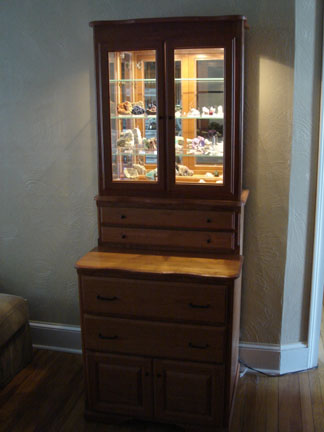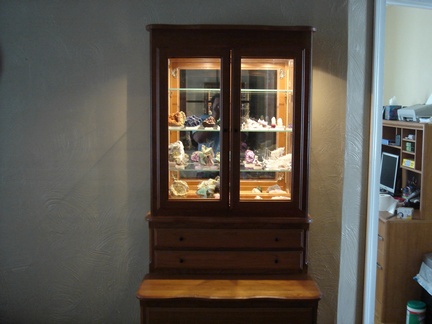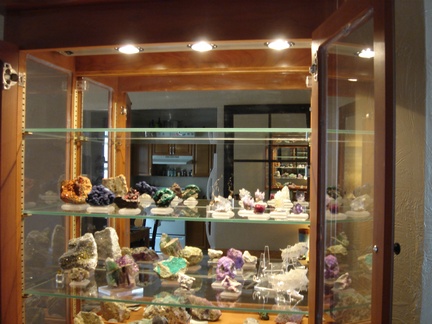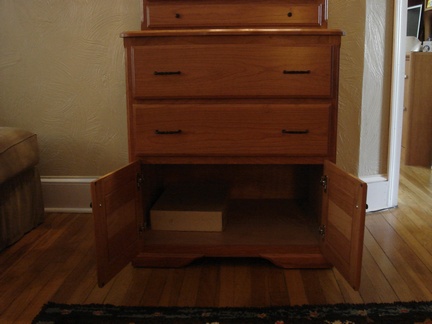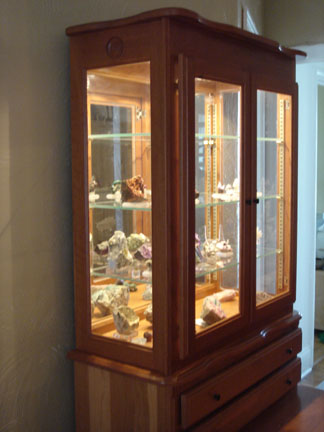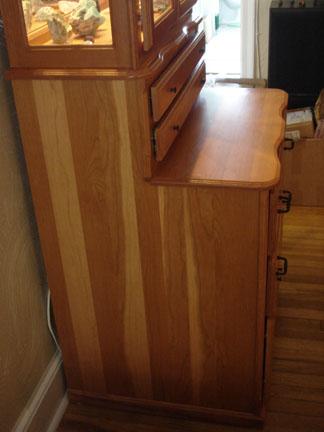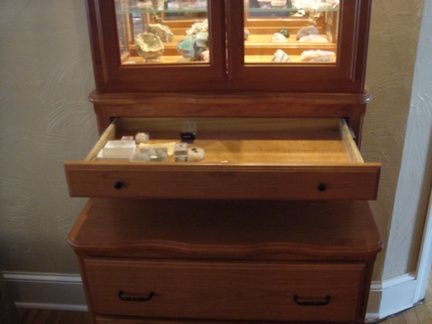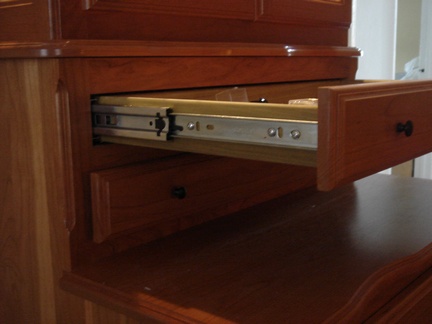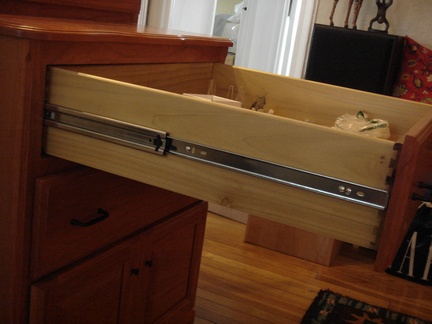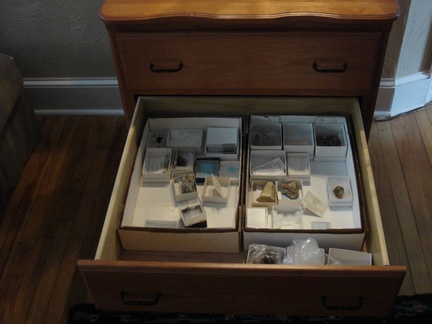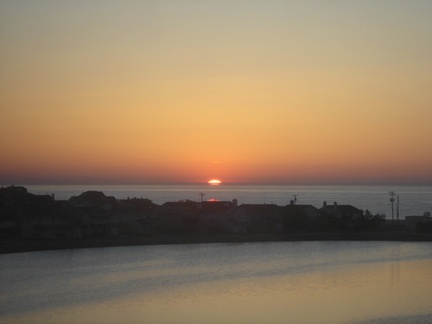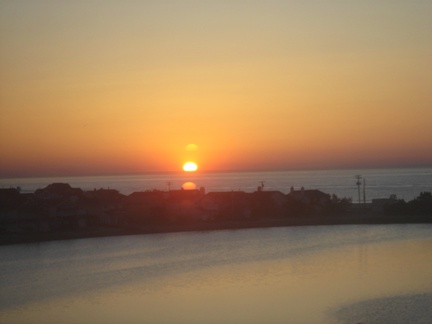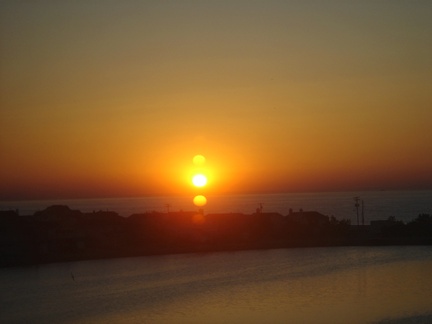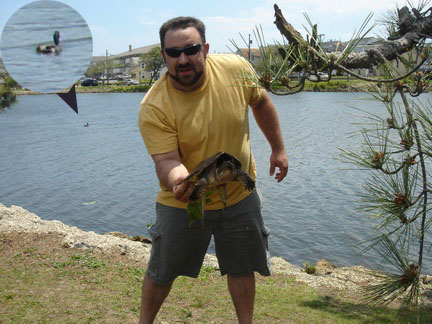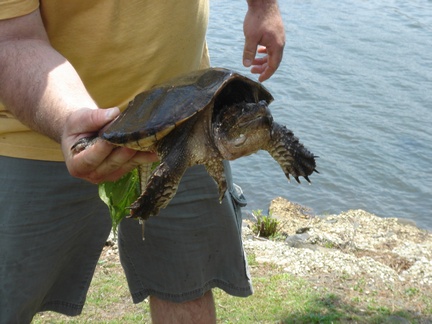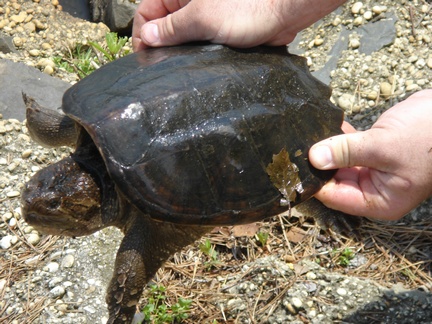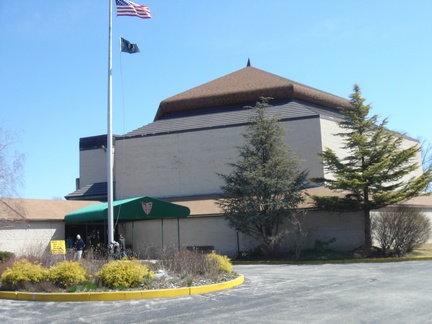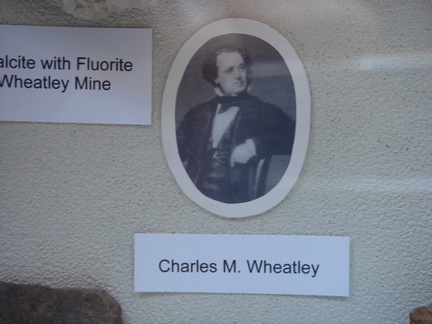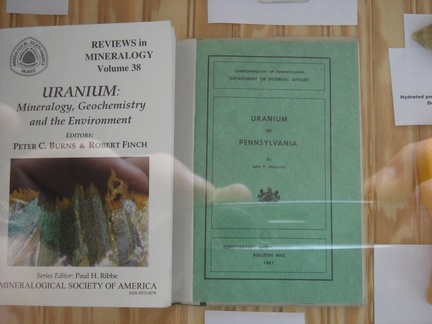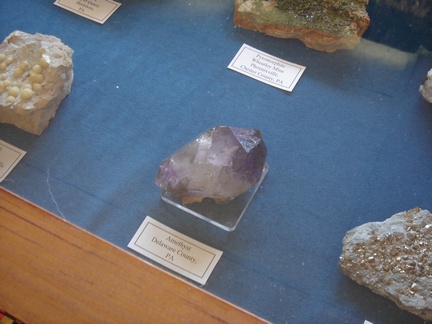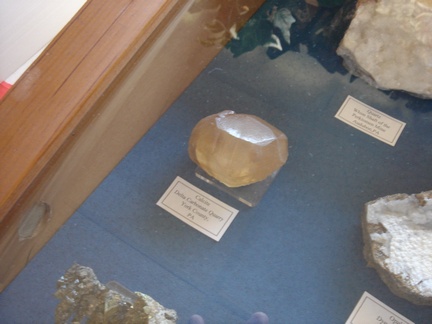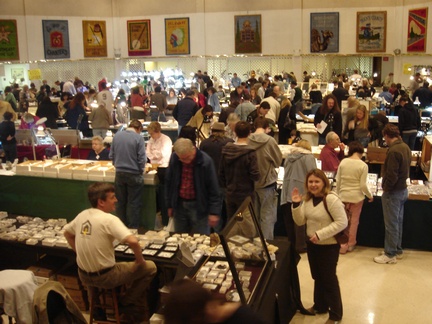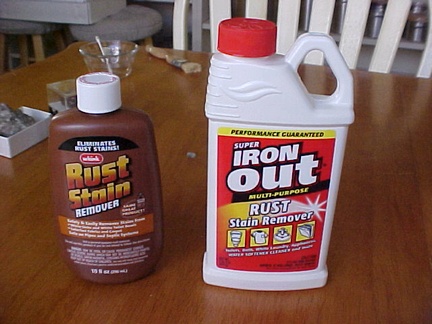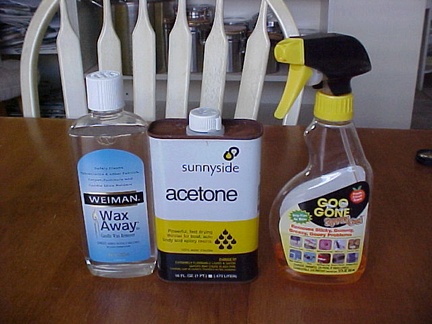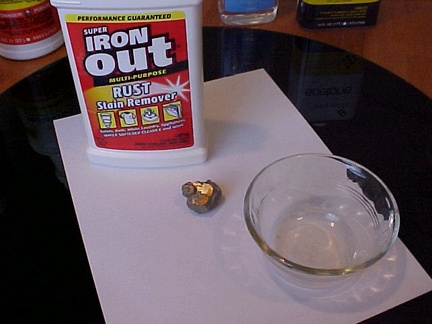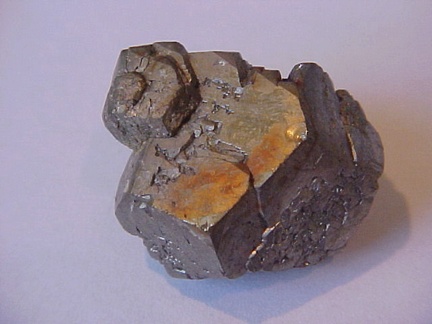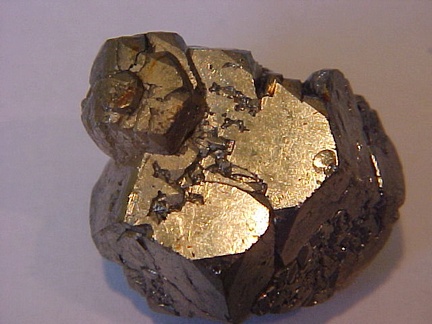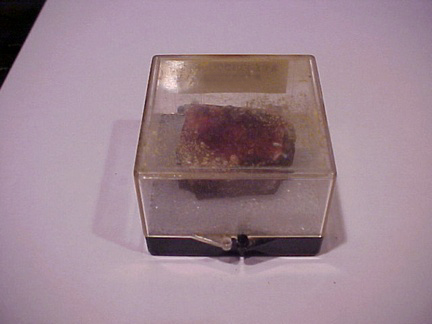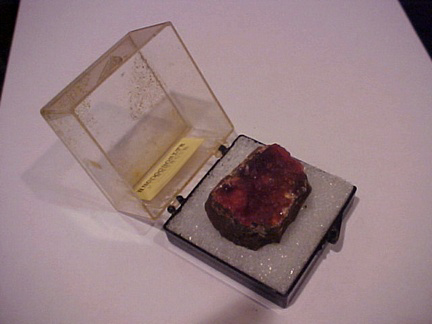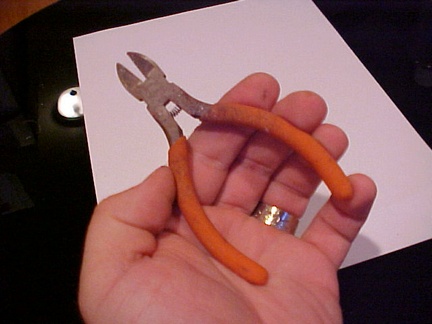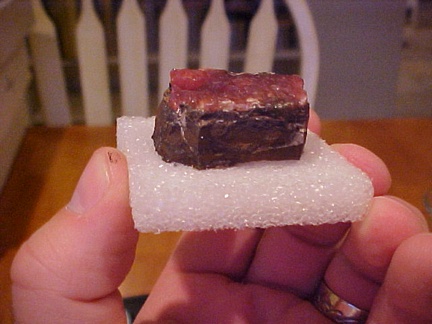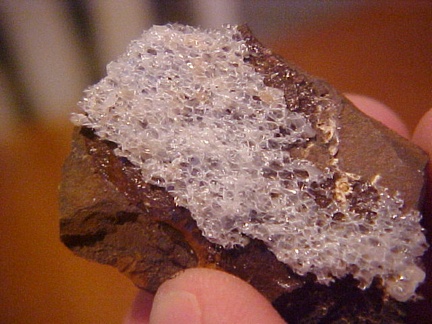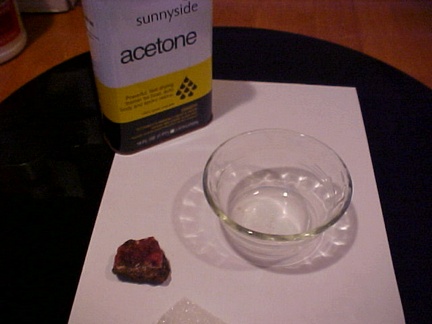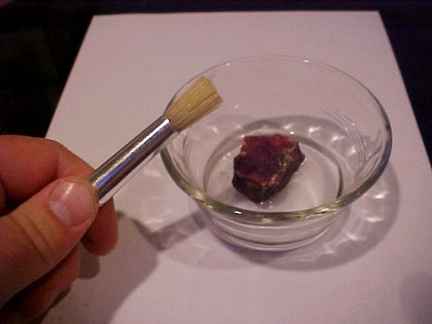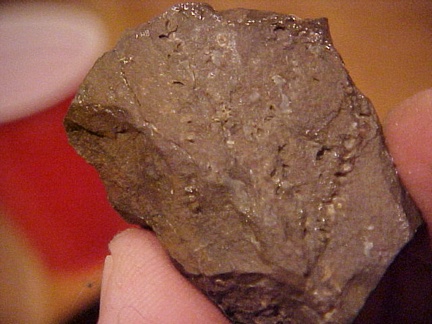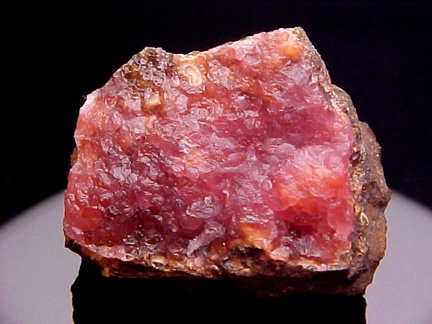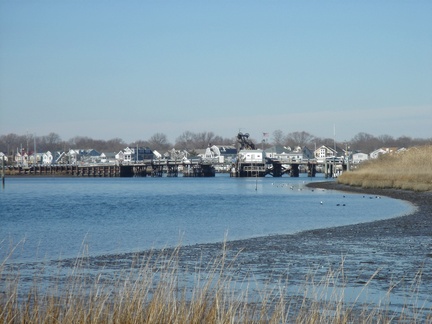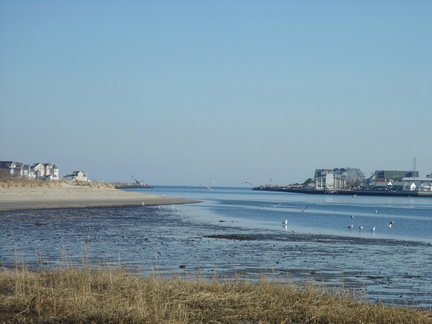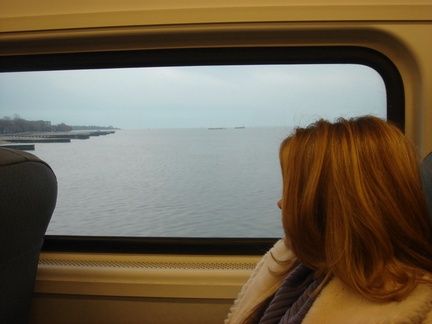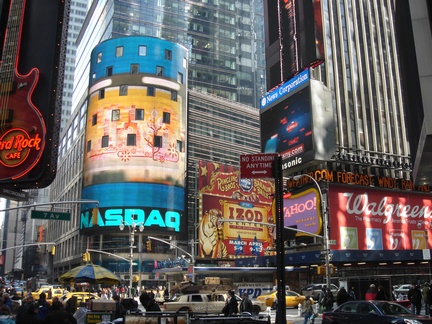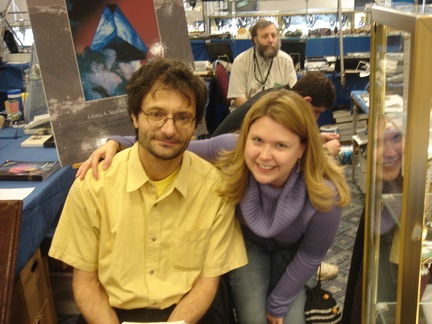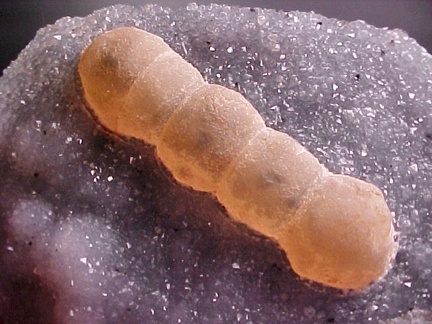|
Aside from attending the show, Mandy and I also looked at a
private collection this week. All told we acquired a few hundred specimens this week. These specimens will be making their way onto
the site and our ebay auctions in the upcoming weeks. However, it is not just a simple process of acquiring a specimen from an old collection, photographing
it and selling it. Many of the specimens need significant preperation and cleaning before we sell them. We encounter specimens
in all kinds of conditions. I thought it might be fun to share our techniques and some of things we've learned over the years. These are
some of the more useful products that we use for various purposes.
- "Rust Stain Remover" - The active ingredient is hydrofluoric acid. This product is used for, among other things,
removing iron stains from specimens
- "Iron Out" - The active ingredient is oxalic acid. This comes as a powder that is mixed with water in varying strengths. As the name
implies, this is also used to remove iron staining
- "Weiman Wax Remover" - This product is the best thing to use on very old, stiff, dried out, gooey, or otherwise decrepit
mineral tack. Without this product, one risks either damaging the specimen or winding up in a situation where all the tiny bits of ancient
mineral tack remain impossibly stuck in every nook & cranny of the specimen. After carefully removing any large mass of
tack if possible, the specimen is left to soak in the wax remover. After a few hours the tack is dissolved and can easily be brushed
away with a paintbrush. This product has been shown to be very safe in my experience and does no
harm any species I've used it with - although I have never tested it out with water soluble species
- Acetone - Acetone is the classic solvent for cyanoacrylate glues (like krazy glue, etc.) and other glues other than elmer's that are not
water soluble
- "Goo Gone" - Goo Gone is our "go to" product for removing relatively "fresh" mineral tack that is being stubborn or stuck in delicate areas (for example,
a thin gold or silver specimen that you do not want to bend) or "gooey" areas left behind by stickers of any kind
|





